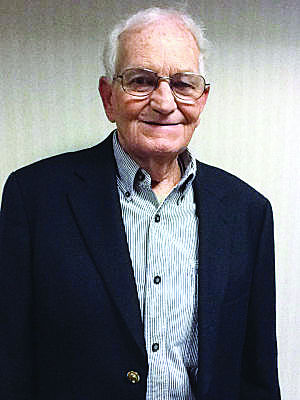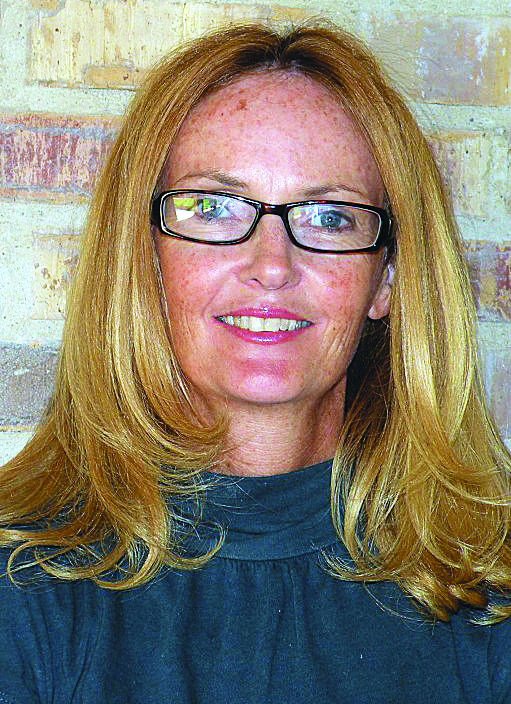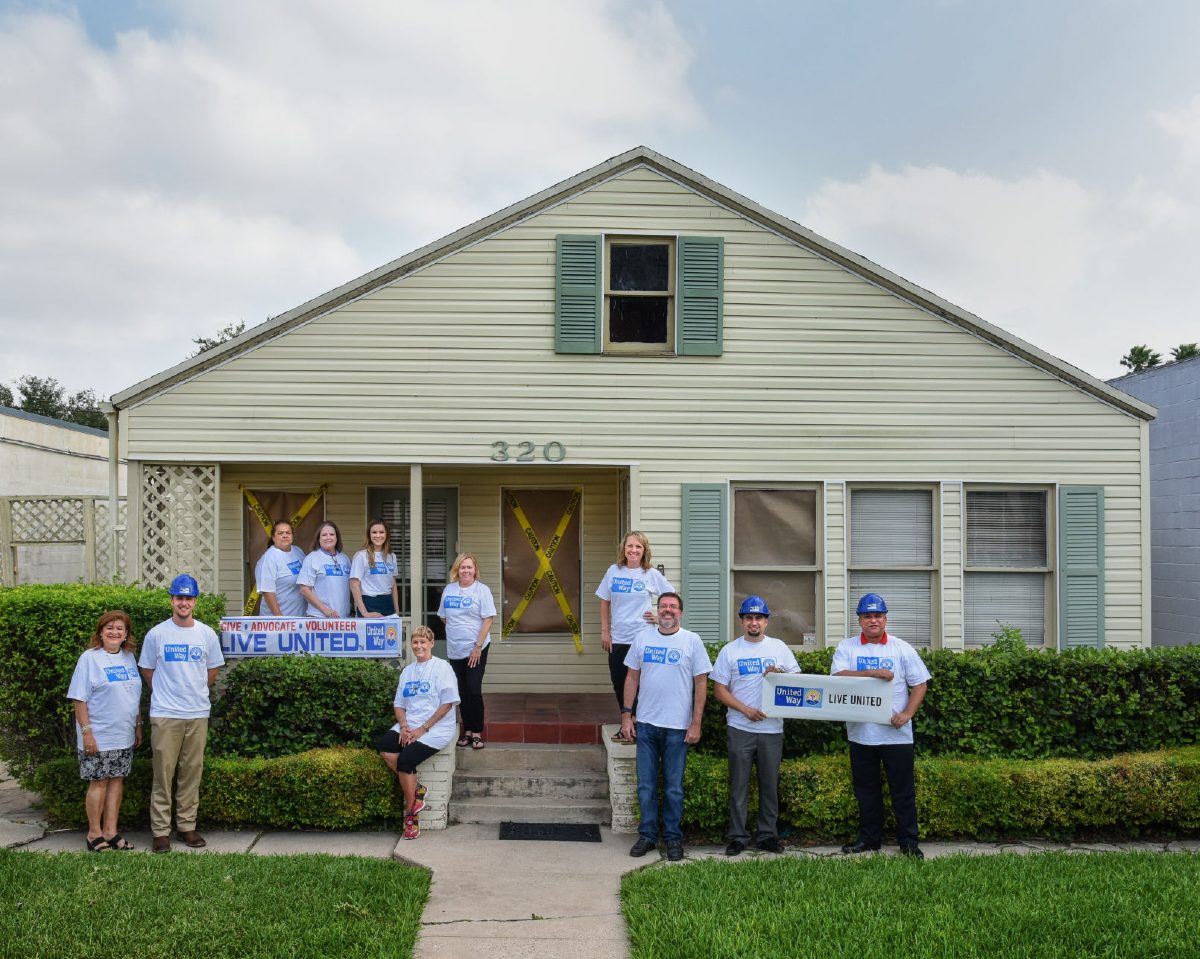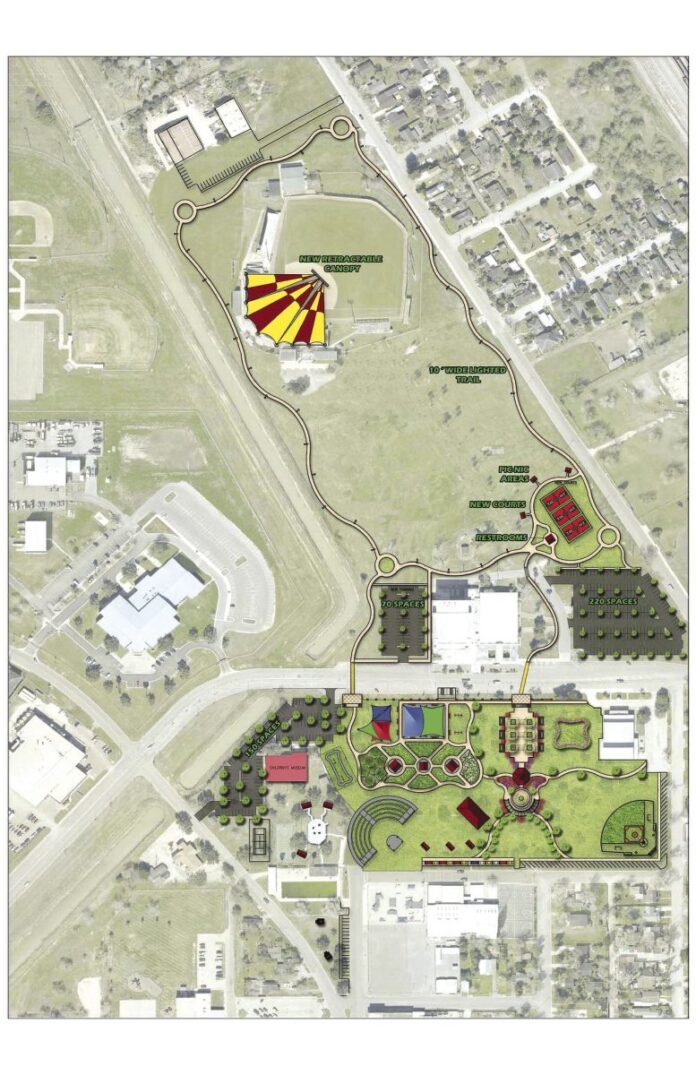In this month of May, as we continue the observance of Mental Health Month, we also recognize the caretakers of the person with mental illness; the often overlooked and underappreciated parents of the person with mental illness. This week’s article addresses the caretakers; what they go through.
The responsibility of caring for a relative with mental illness most often rests with the family members. Many studies have reported that the reactions to or consequences of providing care make the role of a caregiver most challenging, resulting in a source of stress.
Mental illness can be most disabling and limits the persons functioning in many differing areas of life. Care becomes a necessity for them, most specifically as a result of shifting from institutionalized care to the responsibility of informal caregivers.
Studies have shown that the caregiver of a person with mental illness has positive outcomes: gratitude and appreciation from the patient, improved family cohesion, development of resiliency, and gaining a sense of self-worth and accomplishment.
The down-side of caring for a person with mental illness is that the impact of care giving on both the physical and mental health of the caregiver has always been equally well documented; as evident by their exhibiting depressive and anxiety symptoms, higher levels of stress than non-caregivers, have more out-patient health care visits, and have a generally poorer quality of life.
Family members, as caretakers, frequently face fear, anger, and frustration with their loved one with mental illness…very often leaving them with unanswered questions. Often people believe that when their loved one is in a crisis situation that he can involuntarily be admitted/committed to a mental health treatment facility.
The reality is that a person cannot be involuntarily admitted/committed to a facility unless they meet the stringent requirements of “Being in danger to themselves or others.” Even then, if they are admitted, they can only be held in treatment for a few days, or at best, a few weeks as mandated by federal and state laws; or by insurance companies dictating their treatment needs (who shift the care away from hospitals/in-patient treatment facilities to the community mental health authority).
But what of the adult person with a mental illness who does not exhibit behaviors of being “dangerous to themselves or others,” yet not really able to care for themselves? This task often falls on the family members. For family members who still maintain the role of loving parents of the person with mental illness, they become caretakers out of their life-long role of being caretakers due to their responsibility of always being a parent…even if their child is an adult.
This is a most awesome and admirable task; one that is met with great difficulty.
I bring to mind the many thousands of families I worked with in the past, and I shall tell you about one family that is illustrative of this great responsibility. We shall call them John and Jane, and their adult son Mickey. This is their story:
“Our Son Mickey is now 50 years of age. He was first given a diagnosis of Schizophrenia as a teenager, after being placed by us into treatment as we could not control his symptomatic violent behavior toward us and his siblings. We placed him in many treatment facilities, on one such treatment episode, he ran away from the facility. Upon completion of in-patient treatments he was followed up in out-patient care. It was always very difficult to monitor his medication and his appointments during that period. Upon becoming an adult, Mickey was committed to state-run treatment facilities on more than three occasions; but only kept there for a few days and then released. As an adult, he did not follow through with his out-patient treatment for any length of time…stopping his medication and therapy appointments, and began using alcohol and illegal drugs to control his symptoms.
“He worked off and on through his young adult years, but his employment periods were very short lived. He was placed on Social Security Disability, at around 30 years of age, and we were informed by the Judge that he would be in charge of his finances. In his late 40’s, although his behavior problems were most difficult, we could no longer tolerate him living with us, and we purchased a mobile home and lot for him to live in about a mile from our home; always maintaining contact with him and attending to his care.
“Mickey was also diagnosed with a Mixed Personality Disorder, the symptoms of which prevent him from maintaining work or social relationships. Now, he does not always follow through with his medication regimen and appointments as far as we know, but has no motivation to do anything. He stays up at night, and sleeps a lot during the day. He has no interest in anything. His having difficulty managing any part of his financial obligations…he has borrowed a lot of money, so much so that all of his SSD check goes to paying that back.
“His medical providers are bound with rules under the Privacy Act and they are not allowed to tell us anything as we are not his legal guardians. We provide him food and pay his utilities. We are asked most often, “Why are you guys taking care of Mickey? Why don’t you just let him go?” Our answer is (which many do not understand): we are his parents and he is ill. It is our responsibility to always care for our children. If we were to “let him go” he would most definitely become a “Street Person,” and would perish. We do not want that for him. We have been in counseling with and without Mickey on numerous occasions, and we are in a constant state of frustration on what else we can do. We are becoming aged, and are completely stressed out; and at our wits end. What are we to do?”
The stories of Mickey, and his parents John and Jane, are echoed by many caretaker parents in our society…there are many Mickey’s out there. And, unless the family member with mental illness is not “dangerous to themselves or others,” and the person does not want to take care of themselves, the parent caretakers are indeed “left holding the bag”…what else can they do? Many parents would, and have, just “let go” and have their family member attempt survival on their own; but many parents “muddle through” and continue their caretaking of the person.
I have a great deal of empathetic understanding for them. Until next time, stay healthy my friends.












